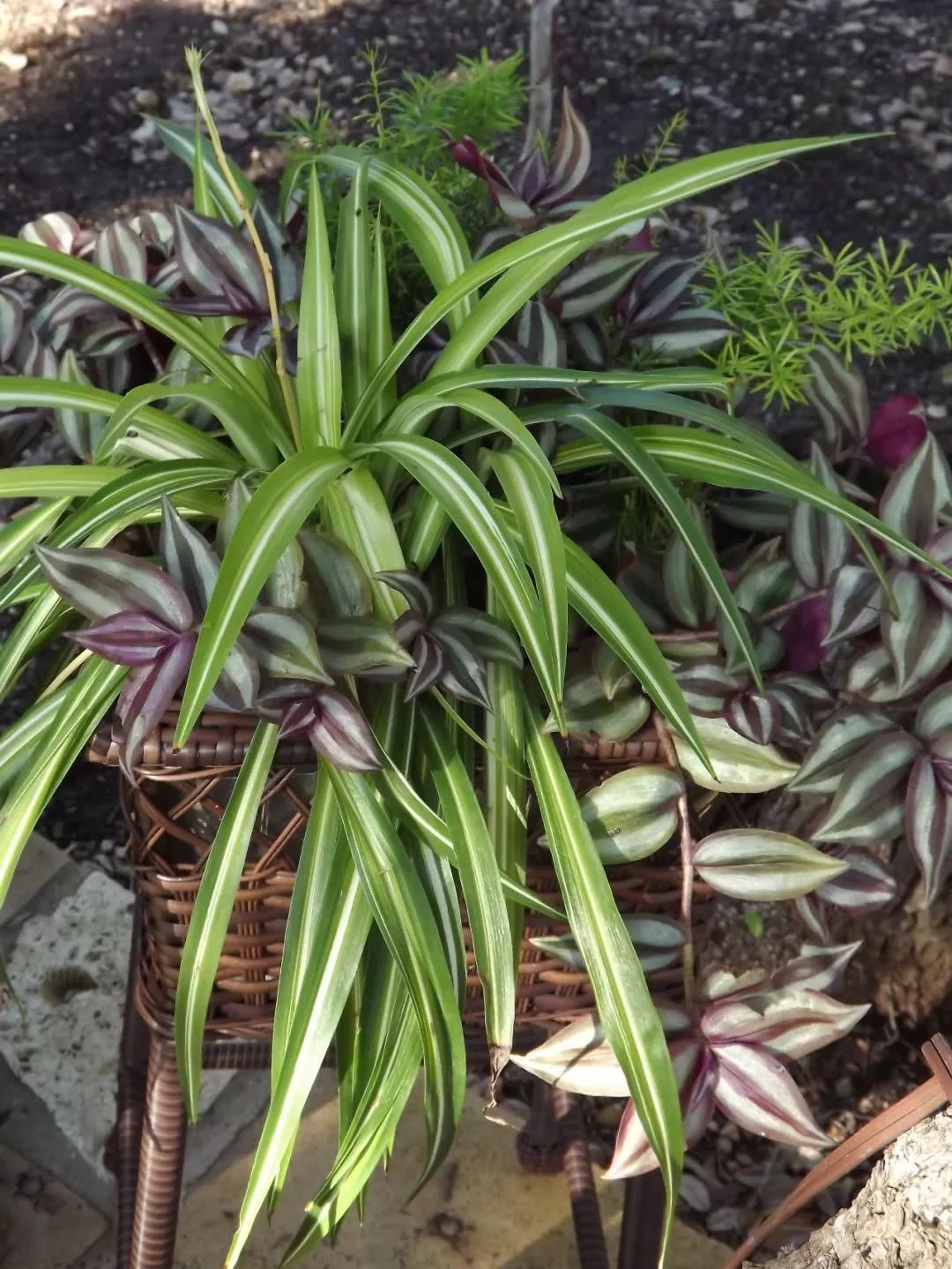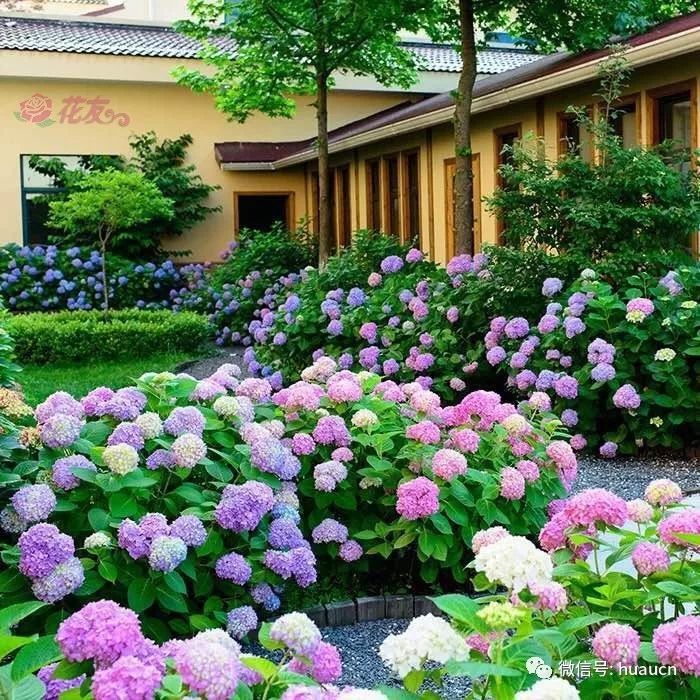Control methods of diseases and insect pests of flower green plants three kinds of insects are easy to recruit: chrysanthemum, jasmine and rose

Many people like to raise some flowers and plants indoors, which not only greens the environment but also edifies interest. But flowers and plants are not only a little delicate, but also easily "favored" by some bugs, which is annoying and helpless. Introduce several common pests and control methods of flowers and plants to flower friends.
Chrysanthemums are easy to attract aphids
Aphids, mostly green and black, are good at flying, tube-shaped and flea-like. It likes chrysanthemums, bauhinia, roses, roses and other flowers. Often cluster in the tender tips of flowers, flowers and leaf back, absorb juice, make leaves wrinkle, affect flowering. Generally speaking, insect pests begin to be more obvious in the middle of April.
Countermeasures: when sporadic aphids appear, brush them off with a brush dipped in water, and the aphids under the brush should be dealt with in time to prevent spread. You can also add 1 kg of water to 40 grams of tobacco, filter the original solution after soaking for 48 hours, dilute it with 1 kg of water, add 2 grams of washing powder or a little soap, stir well and spray the plant. Using physical methods, you can use cardboard or plastic board coated with yellow and glue to trap and kill aphids, or use silver tin foil to reflect light to drive away aphids.
Chrysanthemum
Second, the rose is far away from the yellow moth.
The head of the larva is yellowish brown, the chest is yellowish green, and there is a pair of thorns on each side of the dorsal line. More common in camellias, bauhinia, rose, West House Begonia, and so on, often eat up the leaves of flowers.
Countermeasures: yellow thorn moth likes light, has a strong phototaxis, and can be trapped and killed by a lamp next to the flower.
In addition, brown and pointed insects of plants such as anthurium and cyclamen are often "attacked", as well as mosquito-like mosquitoes and flies that love to grow in poinsettias and pansy, which can be sprayed with garlic juice, pepper water and pepper water at the initial stage.
Jasmine flower
Jasmine beware of red spiders
Red spider is Obovate, the back and abdomen are flat, there are red, dark red, orange red and so on. Orchids, jasmine and kumquat are easy to recruit red spiders. It is often hidden on the back of the leaves and buds of flowers, causing the leaves to lose green and wither, the buds to wither, and in severe cases, the plants will wither and die. In general, insect pests are more serious from June to July.
Countermeasures: soak the orange peel with 10 times water for one day and night, filter and spray the plant once every day for 3 consecutive days. In addition, a plate of mosquito-repellent incense can be lit and placed in a flowerpot, and then tied tightly with a plastic bag. After 1 hour of smoking, both eggs and adults can be killed. This is a good way to save money and get quick results.
Rose
IV. Prevention principles of diseases and insect pests of domestic flowers and plants
1. Do not bring home flowers with diseases and insect pests, and choose flower materials free of diseases and insect pests when breeding.
2. Improve and strengthen cultivation management to make flowers grow healthily and improve their resistance to diseases and insect pests.
3. Improving the environmental conditions of flowers, such as improving ventilation and light transmission, can reduce the occurrence of insect pests such as shell insects, aphids and diseases such as rust and powdery mildew, and loosening soil and controlling watering can reduce the occurrence of root rot.
4. Observe frequently and deal with them as soon as you find that there are signs of insects or diseases in domestic flowers.
5. Try to use artificial methods to remove diseases and insects, or spray self-made "medicament" to treat diseases and insects, such as removing the shell insects attached to the branches and leaves of the plant with a soft brush, cutting off and removing withered or infected branches, leaves and flowers, it is also necessary to remove the fallen branches and leaves in time to prevent the breeding and spread of germs.
6. For flowers that are easy to get sick or often get sick, fungicides should be used to prevent them before the regular disease season.
V. simple methods for prevention and control of diseases and insect pests in family flower cultivation
1. Ants
When ants appear in the flowerpot, cigarette butts and cut tobacco can be soaked in hot water for a day or two. When the water turns dark brown, part of the water will be sprinkled on the flower stems and leaves, and the rest will be diluted and poured into the flowerpot, and the ants can be eliminated.
2. Snails
Pour the beer into a shallow plate and put it around the basin or on the basin soil. The snail will smell the wine and will climb into the plate and drown.
3. Rice vinegar
Rice vinegar is rich in organic acids, which has a good inhibitory effect on bacteria. Spraying 150 × 200 times diluted rice vinegar solution on the leaf surface, spraying once every 7 days and 3 times continuously for 4 times can control powdery mildew, black spot, downy mildew and so on.
Diseases and insect pests: aspirin has nine functions of growing flowers, cutting rooting, preventing diseases and insect pests, keeping fresh, etc., which can be called omnipotent anthers.
4. Mosquito incense
The mosquito-repellent incense was ignited and hung on the insect-infested plants. Cover the plants and flowerpots with plastic bags. After 1 hour, the pests were eliminated.
5. Wind oil essence
The addition of wind oil essence and water can kill aphids 500 times.
6. Sanitary ball
After the sanitary ball is crushed and placed in the basin soil, it can control underground pests.
7. Baking soda solution
Take 5 grams of baking soda (also known as sodium bicarbonate), first dissolve it with a small amount of alcohol, and then add about 1000 grams of water to form a 0.5% concentration solution, spray plants, can control powdery mildew.
END
An interactive platform for growing flowers, planting flowers, communicating with green plant lovers, farting and showing off. An online home to share flower farming methods and family flower cultivation skills. Flower subscription platform.
Flowers: hyacinth | violet | plum blossom | carnation | camellia | longevity flower | jasmine flower | gardenia flower | peach blossom | Platycodon grandiflorum | sweet-scented osmanthus | calla lily | lily | forget-me-not | gentleman orchid | apricot | honeysuckle | Milan | peony | sunflower | chrysanthemum | June snow | tiger thorn plum | tulip | daffodil
Green plant: poinsettia | wealth tree | green pineapple | hanging orchid | Dishui Guanyin | Fugui bamboo | asparagus | Aloe vera | ivy | Anthurium mandshurica | turtle back bamboo | triangular plum | Albizia mandshurica | duck foot wood | yellow poplar | iron tree | iron fern | tiger tail orchid |
Huau.cn
……
Search the public account "Hua you" or "huaucn" for the latest information
Merchants cooperate and promote. Please contact Wechat private number: ihuaucn
- Prev

The dry tip of the leaves in the indoor maintenance is easy to cause yellow leaves and wilt if not treated.
Cymbidium is a common indoor potted green plant, it has always been called a novice plant or lazy plant, does not need regular management, maintenance location can have appropriate light, can also be raised in a shady environment, it has little demand for water.
- Next

There are 15 kinds of grass flowers in the courtyard. There are a lot of flowers in full bloom.
Whether you want the florist on your porch to do more work, or to make your garden fuller, these annual flowers will add color and interest to your garden. Although these plants need to be replaced every year, they.
Related
- Wuhan Hospital Iron Tree Blooming Result Was Instantly Frightened by the Gardener Master
- Which variety of camellia is the most fragrant and best? Which one do you like best?
- What is the small blue coat, the breeding methods and matters needing attention of the succulent plant
- Dormancy time and maintenance management of succulent plants during dormancy
- Minas succulent how to raise, Minas succulent plant pictures
- What are the varieties of winter succulent plants
- How to raise succulent plants in twelve rolls? let's take a look at some experience of breeding twelve rolls.
- Attention should be paid to water control for succulent plants during dormant period (winter and summer)
- Watering experience of twelve rolls of succulent plants
- Techniques for fertilizing succulent plants. An article will let you know how to fertilize succulent plants.

